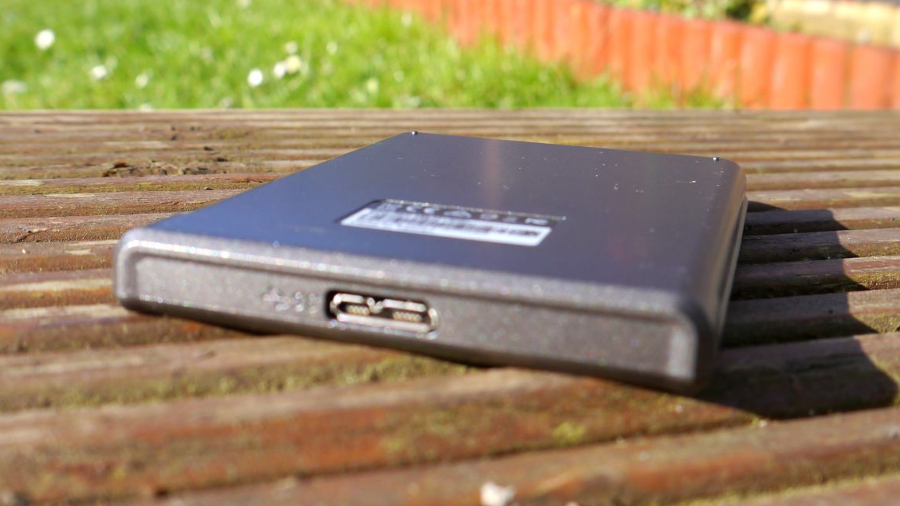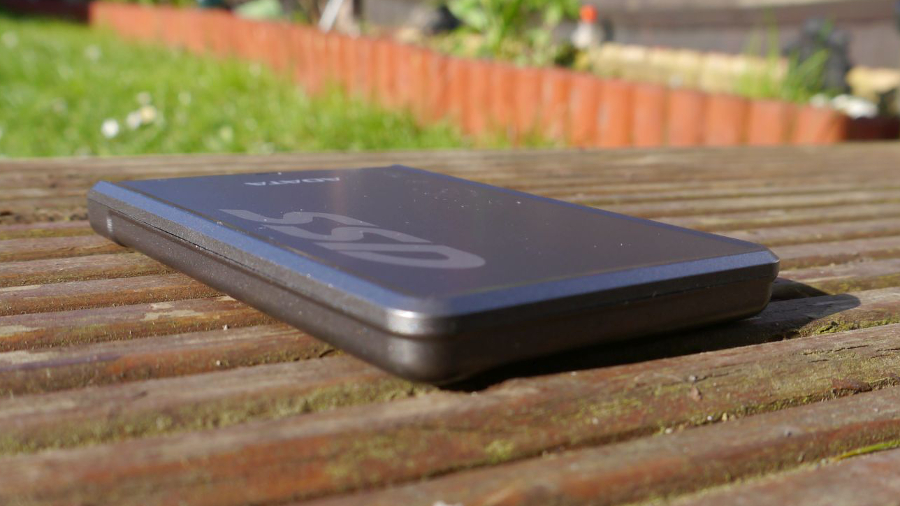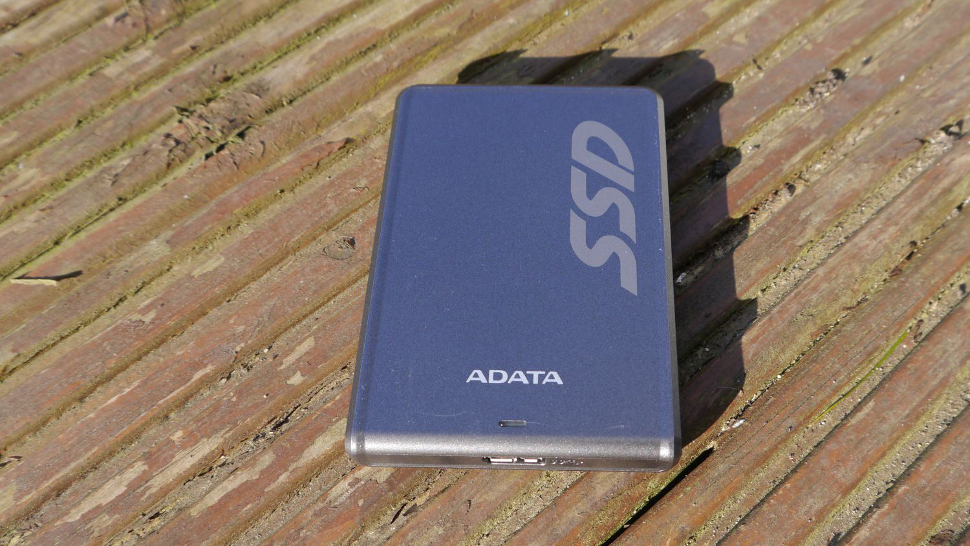Early Verdict
The Adata SV620H hits a nice sweet spot if you’re after a decent-sized external SSD that delivers improved performance without hitting your pocket too hard.
Pros
- +
Competitively priced
- +
Decent performer
Cons
- -
Flat USB port is all but obsolete
- -
The drive could be much smaller
Why you can trust TechRadar
Solid-state drives (SSDs) have been mainstream for more than a decade now, managing to take the performance, reliability and power consumption crowns away from their hard disk drive cousins.
The latest SSD-related technology trickling down to the mainstream is 3D TLC NAND which is supposed to improve performance by cramming in even more transistors per unit volume, without any negative impact on power consumption or reliability.
The 3D nomenclature comes from the fact that transistor clusters are layered one on top of another. 48 layers is what the market is currently at, with 64 and 96 layers landing in the near future.

Adata unveiled this external SSD at the end of last year as part of its Premier range – it supersedes the existing SV620 and uses 3D TLC NAND memory chips produced by Micron/IMFT, and is available in 256GB and 512GB versions.
The smaller model is priced at around £100 (about $125, AU$160) with the bigger one on sale for around £180 (about $230, AU$295). The drive is likely to use the Silicon Motion SM2258 controller, the same one found on the SU800 (internal) and the SD700 (rugged), both of which we reviewed fairly recently.
At 115 x 78 x 1.5mm and weighing 76g, the drive comfortably fits in a shirt pocket. The design is minimalist with the SSD acronym and Adata printed on the front alongside a bright blue LED indicator which can be distracting at times.
The SV620H has a plastic feel to it (albeit a sandblasted metallic titanium finish) and distinct raised edges which, Adata says, will protect the surface from scratches.
Sign up to the TechRadar Pro newsletter to get all the top news, opinion, features and guidance your business needs to succeed!

The connector is a micro-B USB 3.0 type (otherwise known as flat USB) which should really be replaced altogether by a Type-C connector which is both smaller and agnostic from a form-factor perspective. What you will really care about, though, is inside this drive.
Switching to 3D NAND ensures that the SSD consumes even less power per unit storage, packs more bits per unit volume and heats up less (it was barely warm during our tests).
Adata quotes read speeds of up to 440MBps and 430MBps for writes, similar to its siblings which underlines the company’s strategy of using common components to target different audiences (leveraging economies of scale and lower R&D costs).
It hit 431MBps and 419MBps on read/write speeds respectively on CrystalDiskMark, a bit off the claims of the manufacturer. When put through its paces using the other popular drive benchmarking application, ATTO, it achieved up to 454MBps and 424MBps on read/write speeds.
The SV620H is slower than the SU800 due to the inherent speed limitations of the USB 3.0 technology. It’s worth noting that another model, the SC660H, costs marginally more (a couple of pounds extra) but is made of metal (mostly) and is thinner.
The drive comes with a three-year warranty and consumes 4.5W (5V, 0.9A). You will have to download the HDDtoGo and the OStoGo applications directly from Adata’s website, as the SV620H arrives empty.

Early verdict
The SV620H is a capable little device that will fulfil your storage needs thanks to above-average performance and a decent price per GB ratio. There are cheaper external solid-state drives on the market (like the Intenso 256GB) but few, if any, can match this one for speed.
The only offering that comes to mind is the Samsung T3 which can be had for the same price and is smaller, lighter, and also comes with a three-year warranty.
More importantly, though, it can deliver the same level of performance thanks to Samsung’s V-NAND technology, which is similar to 3D TLC – and with a Type-C connector this rival is natively compatible with Android devices.
Compared to the previous generation, the SV620H offers marginally faster performance and a small boost in capacity (256GB vs 240GB).
However, the original SV620 – which has a similar design – can be had for far cheaper (0.29p per GB compared to 0.39p per GB, albeit for the 480GB model).
Last but not least, the Adata SE730 (soon to be superseded by the SE730H) may well appeal to those looking for a faster, rugged (IP-68 certified) device with a USB Type-C connector. It costs only a tad more than the SV620H but could end up being the better choice.
In the near future, maybe as soon as the end of this year, expect Adata to launch a new series of SSDs based on the next-generation 3D NAND (Gen 2) that Micron started to produce in late 2016.
These new chips will offer twice the density of the current Micron chips, which means that in theory, prices are likely to drop by as much as 30%.
- We’ve rounded up the best external drives of 2017

Désiré has been musing and writing about technology during a career spanning four decades. He dabbled in website builders and web hosting when DHTML and frames were in vogue and started narrating about the impact of technology on society just before the start of the Y2K hysteria at the turn of the last millennium.
What is a hands on review?
Hands on reviews' are a journalist's first impressions of a piece of kit based on spending some time with it. It may be just a few moments, or a few hours. The important thing is we have been able to play with it ourselves and can give you some sense of what it's like to use, even if it's only an embryonic view. For more information, see TechRadar's Reviews Guarantee.
